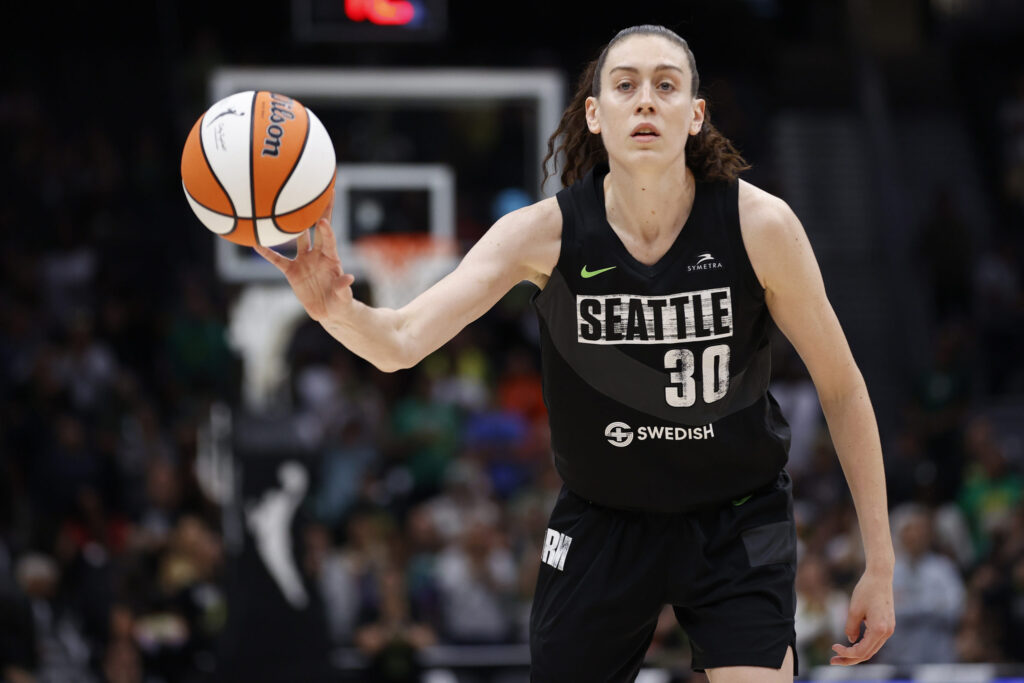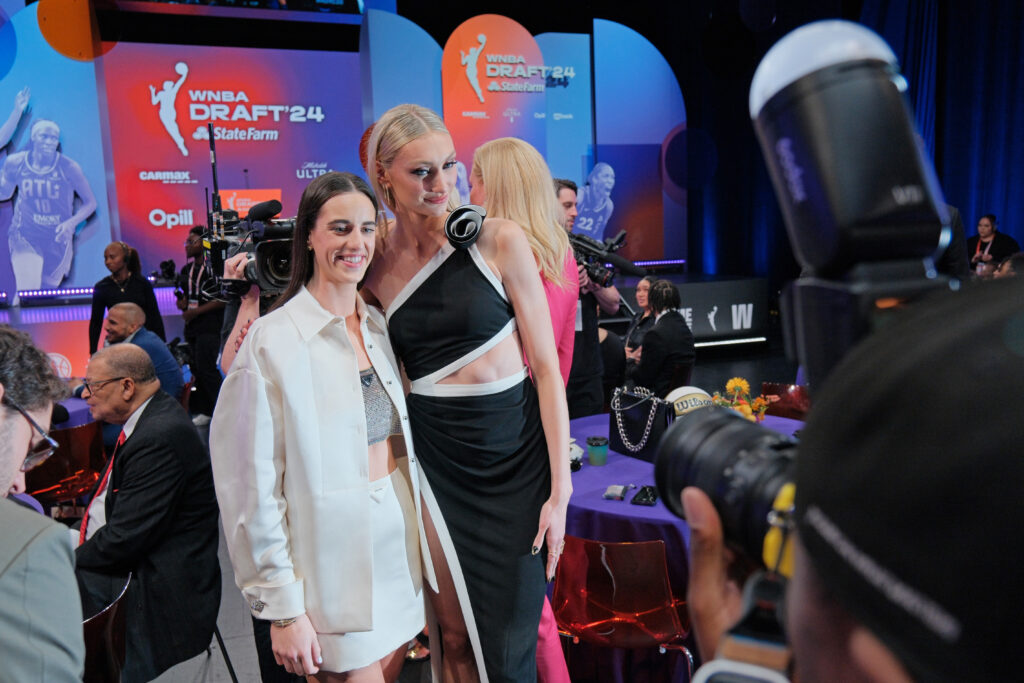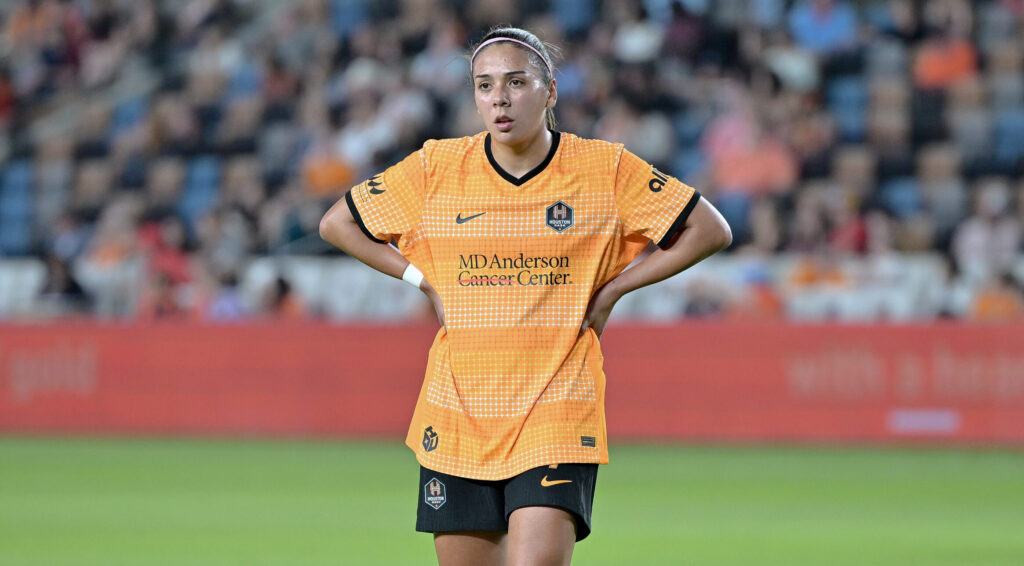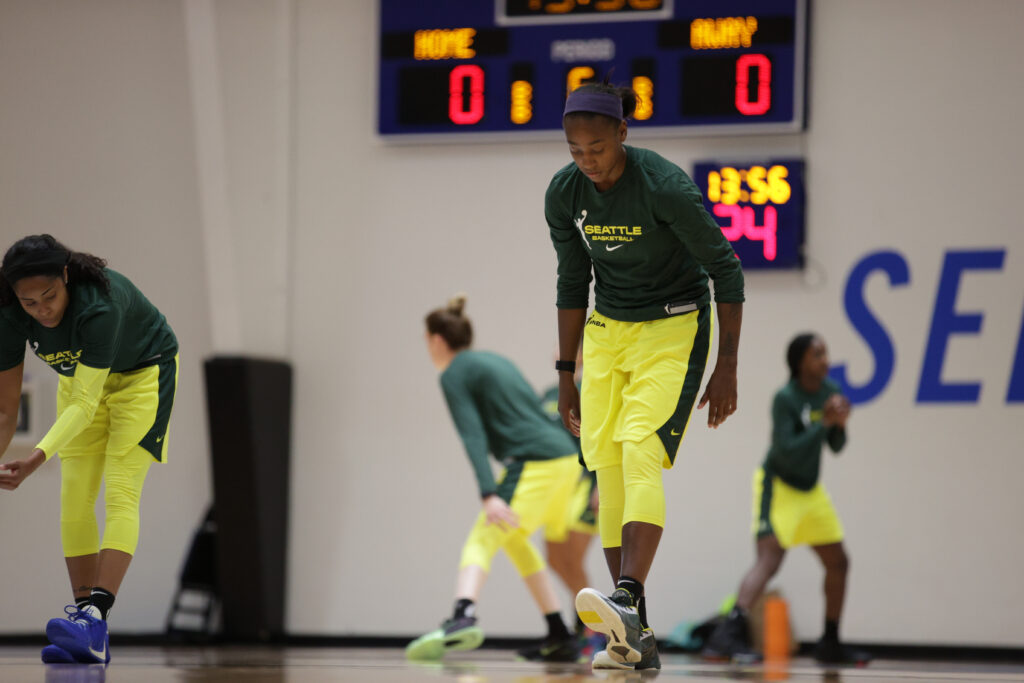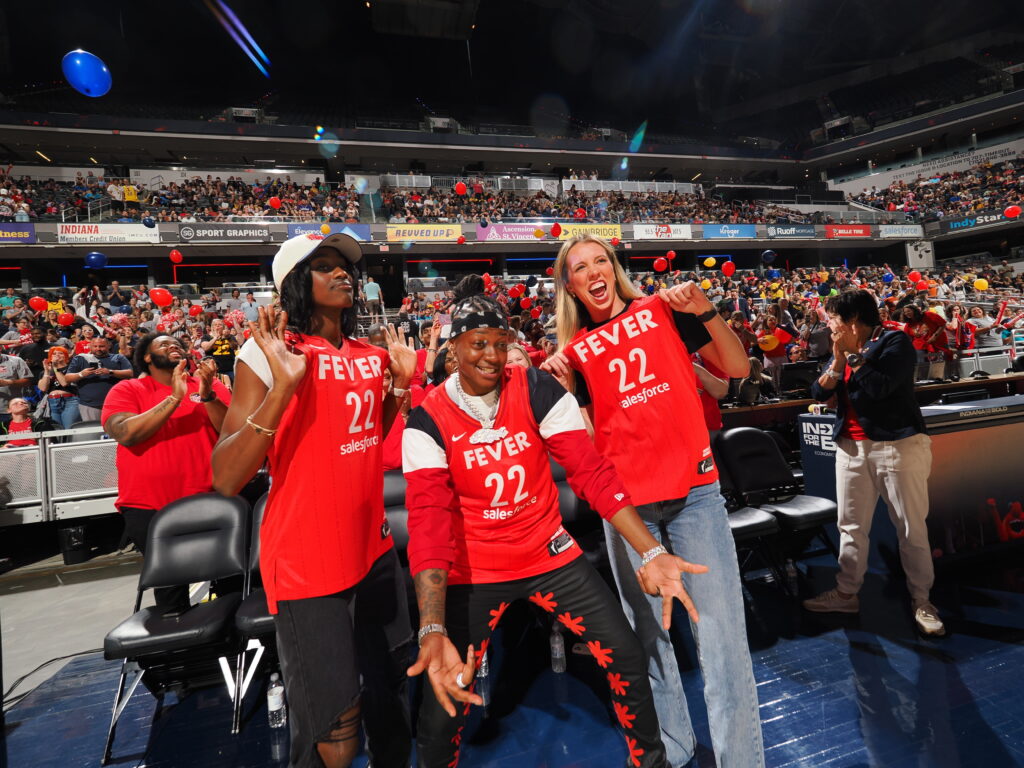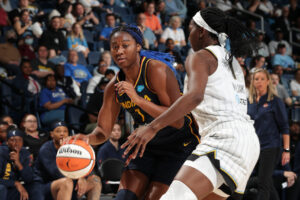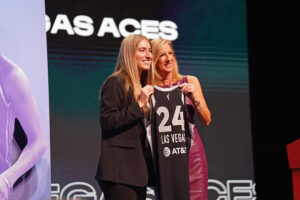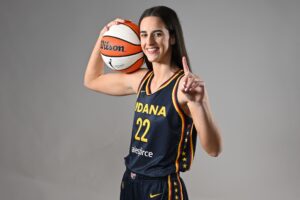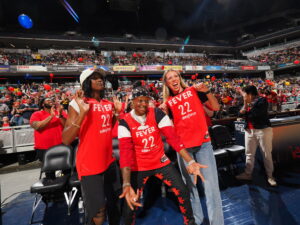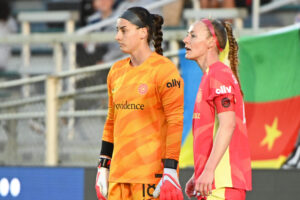The WNBA’s prioritization rule could change the face of the WNBA, starting with the 2023 season.
The controversial clause could force players to choose between playing in the W and securing a more lucrative paycheck abroad.
“I’m also shying away from the W because teams aren’t touching what I’m making in Europe,” Seattle Storm forward Gabby Williams told reporters in her exit interview after the 2022 season.
So, how exactly does the prioritization clause work, and how did it come to be?
WNBA’s prioritization clause, explained:
What is it?
The prioritization clause, which will go into effect for the 2023 season, requires players to prioritize the WNBA over international leagues.
Players with two or more years of experience in the WNBA must report to their team by the start of training camp or by May 1, whichever is later. If they miss the start of training camp, they will be fined. If they miss the start of the regular season, they will be suspended for the year.
In 2024, the punishment gets even harsher: If players don’t join their WNBA team by the start of training camp for the 2024 season, they’ll be suspended for the whole campaign.
What’s the problem?
Many WNBA players head overseas in the offseason to supplement their WNBA incomes. Last year, almost half of the WNBA’s 144 players went overseas, per the Associated Press.
Players can make much more money abroad then they do in the U.S.-based league.
Seattle Storm star Breanna Stewart, for example, signed a supermax one-year deal with Seattle for $228,094, a fraction of the $1.5 million per year she made for Russia’s UMMC Ekaterinburg. While she left the Russian club this summer for Turkey’s Fenerbahce Safisport, she likely earned another large payday.
The WNBA plays in the summer, while international leagues play in the winter, which has allowed players to stay on the court throughout the year. But some international leagues’ late-season schedules conflict with the start of the WNBA season.
So players may need to leave their international teams early — or they may need to forgo either the WNBA or their international teams altogether.
How did it come to be?
The prioritization clause was negotiated as part of the WNBA’s latest collective bargaining agreement, signed in 2020.
“The owners really stepped up on the compensation side for the players in this collective bargaining cycle, and I think the kind of quid pro quo for that was prioritization, showing up on time for our season,” WNBA commissioner Cathy Engelbert said ahead of the WNBA finals.
The WNBA Players Association agreed to the clause as a concession to the league so they could make gains in other areas of the CBA.
“The league was in a place of not negotiating without it,” WNBA legend Sue Bird said of prioritization. “We wouldn’t have got the money, the maternity leave, without it. I’m not defending it… I want the WNBA to be the only league people play in. I want it to thrive so we never have to go overseas.”
The clause was meant to incentivize the WNBA’s best players to stay in the States, but it may have the opposite effect.
What’s next?
Several players have indicated that as long as overseas salaries eclipse the WNBA’s, the prioritization clause will remain an issue.
Chicago Sky star Courtney Vandersloot said the rule is one of the reasons she signed just a one-year deal with the team last offseason, while her Sky teammate Emma Meesseman said the rule is unfair to non-American players.
European leagues could bend their schedules to help their players meet the WNBA’s deadline. Meesseman, who signed with Fenerbahce Safisport for the upcoming European season, said she believes the Turkish club will tighten the timeline of its season as a result.
Still, if the WNBA wants to retain top talent, it will need to work on improving compensation and working conditions or risk losing out.
